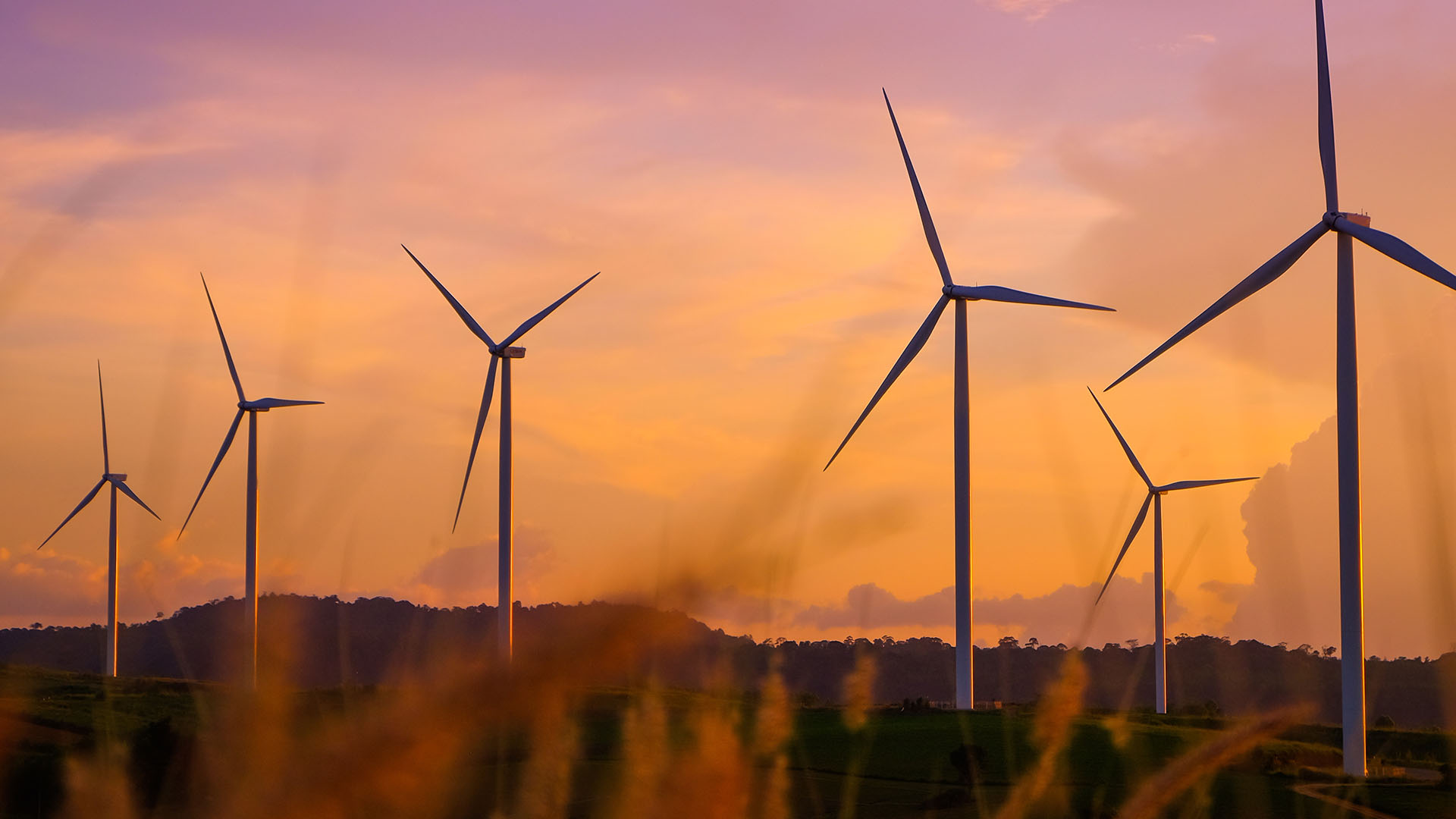
Publication
International Restructuring Newswire
Welcome to the Q3 2025 edition of the Norton Rose Fulbright International Restructuring Newswire.


Author:
Canada | Publication | June 13, 2025
Effective May 31, the Government of Alberta (the Government) enacted its Code of Practice for Solar and Wind Renewable Energy Operations1 (the Code), a set of rules created pursuant to Section 3.1(1)(c) of the Conservation and Reclamation Regulation.2 On June 6, the Alberta Utilities Commission (the AUC) released an accompanying publication, Bulletin 2025-06: Reclamation security guidelines for wind and solar power plants,3 (the Guidelines) that set out criteria the AUC will use to evaluate the adequacy of reclamation security provided to landowners for solar and wind power.
The Code comes on the heels of the August 2023 moratorium on solar and wind energy projects4 and the subsequent shift towards expanded Government protections for agricultural farmland on which wind and solar projects are to be built.5 The Code also aligns with the new security requirements set out in the proposed amendments to AUC Rule 007: Facility Applications.6
In summary, the Code sets out new requirements for solar and wind projects:
The Code requires all project proponents of proposed and existing wind and solar projects to register their projects with AEPA. For new facilities, proponents must obtain a registration from AEPA prior to commencing any ground disturbance for a renewable energy operation.7 For existing projects, proponents must obtain a registration from AEPA that conforms with the Code prior to January 1, 2027. The application for registration must include:8
To register a project with AEPA, the proponent must provide the appropriate security for the reclamation. The Code and the Guidelines give proponents the option of posting the security with either the Government or the landowner(s).11
Required Amounts
If the proponent elects to post security with the Government, it must provide AEPA with a security estimate12 of the project’s total reclamation cost as set out in Schedule 1 of the Code.13 For new solar and wind projects, the proponent must provide the Government 30% of the amount set out in the security estimate.14 For existing projects, this amount is 15%.15 However, 15 years after the date the proponent initially provided the security to AEPA, the proponent must provide at least 60% of the total reclamation costs set out in the security estimate to AEPA.16
Alternatively, the proponent may elect to post security with the landowner(s). In such cases, the proponent is required to provide AEPA with a Declaration as outlined above.17 The Guidelines set out the criteria the AUC will use to determine whether the security provided to the landowner(s) is adequate. For such projects, the proponent must provide the landowners with 40% of the amount in the reclamation cost estimate to obtain the AUC’s approval. The Guidelines do not specify whether this amount applies to new or existing projects; therefore, presumably, the 40% requirement applies to both.
As well, 15 years after the date the proponent initially provided security to the landowner(s), the proponent must ensure it has provided at least 70% of the total reclamation cost to the landowner(s). Notably, the percentages specific to providing the landowner(s) with security are set out in the Guidelines and are not set out in the Code. The AUC notes that, in arriving at these percentages, there are “additional complexities and risks associated with landowner-held security, including the complexity involved for a hosting landowner to complete reclamation work themselves if a proponent fails to meet its reclamation obligations.”18
Approval of Proposed Security
For new projects, proponents must either provide security directly to AEPA or provide AEPA with a Declaration prior to registering their projects. If the proponent chooses to post security with the landowner(s), the security’s adequacy will be reviewed as part of the AUC’s Rule 007: Facility Applications process.
For existing projects, the Code stipulates proponents “shall not continue to operate the existing renewable energy operation after January 1, 2027, unless a registration under [the] Code of Practice has been obtained.”19 This means owners of existing projects must register their projects with AEPA to bring the reclamation security requirements in line with the Code.
For proponents who originally provided security to AEPA, a new application may be required with a security estimate prepared in accordance with Schedule 1 of the Code. For proponents of existing projects who originally provided security to the landowner(s), the application to AEPA requires submitting a Declaration stating the AUC has approved the form and amount of security. To obtain AUC approval, the proponent will likely need to apply to the AUC through a separate process. The Guidelines have not set out the process for initiating the reclamation security adequacy review for existing projects.
Interestingly, a publication issued by AEPA on June 4, 2025, for landowners, Reclamation Security for Solar and Wind Renewable Energy Operations, states owners of existing projects do not need to apply for AUC approval for the reclamation security provided directly to landowners.20 However, this contradicts the regulatory regime set out in the Code and Guidelines. Most likely, owners of existing power plants must still apply for and obtain AUC approval for security that has been posted with landowners.
The Code stipulates that proponents must develop a conservation and reclamation plan in accordance with the Conservation and Reclamation Directive for Renewable Energy Operations (2018).21 Prior to constructing the wind or solar project, topsoil and subsoil must be salvaged from the project site in accordance with the conservation plan.22
At the end of the project’s life, the land must be reclaimed in conformance with the reclamation plan.23 Project proponents must:
Additionally, the project developer is required to use only the topsoil and subsoil salvaged prior to the project’s construction during reclamation activities; the project developer may only use other soil if:24
The proponent is also required to complete an interim monitoring site assessment for a minimum of three growing seasons following the project’s construction, and must complete a reclamation certificate site assessment following the site’s reclamation, both to be completed in accordance with the Conservation and Reclamation Directive for Renewable Energy Operations (2018).
The Code stipulates that per the Approvals and Registrations Procedure Regulation, project proponents may not transfer a power plant’s AEPA registration without AEPA’s written consent.25
Any person operating a solar or wind project must report any Code contravention to:26
The Code also stipulates that a written report of any Code contravention be submitted to AEPA within seven days of learning of the contravention.27
Finally, proponents must maintain an operating record and retain it for a minimum of five years after the date the reclamation certificate was issued.28 The operating record must include, at minimum:29
The author would like to thank Isaiah Martin, articling student, for his contribution to preparing this legal update.
Conservation and Reclamation Regulation (the “Regulations”): Alberta King's Printer
Bulletin 2025 – 06 (the “Guidelines”): Bulletin 2025-06.pdf
The Code, S. 2(2) | Alberta King's Printer
The Code, S. 3(1) | Alberta King's Printer
The Code, S. 5(1) | Alberta King's Printer
The Code, Schedule 1 | Alberta King's Printer
The Code, S. 5(5)(a) | Alberta King's Printer
The Code, Schedule 2 | Alberta King's Printer
The Guidelines, pg. 4 | Bulletin 2025-06.pdf
The Code, S. 2(3) | Alberta King's Printer
The Code, S. 3(1)(a)(i) | Alberta King's Printer
The Code, S. 4(1), 4(2) | Alberta King's Printer
The Code, S. 4(6) | Alberta King's Printer
The Code, S. 6(2) | Alberta King's Printer
The Code, S. 7(1) and 7(3) | Alberta King's Printer
The Code, S. 7(2) | Alberta King's Printer

Publication
Welcome to the Q3 2025 edition of the Norton Rose Fulbright International Restructuring Newswire.

Publication
Our 23rd report spotlights landmark legislative reforms such as the UK’s new Arbitration Act 2025 and South Africa’s rise as a regional arbitration hub. We examine procedural innovations, enforcement challenges, and the evolving role of tribunals in promoting settlement.
Subscribe and stay up to date with the latest legal news, information and events . . .
© Norton Rose Fulbright LLP 2025